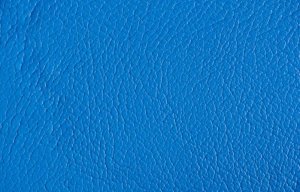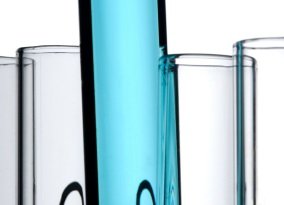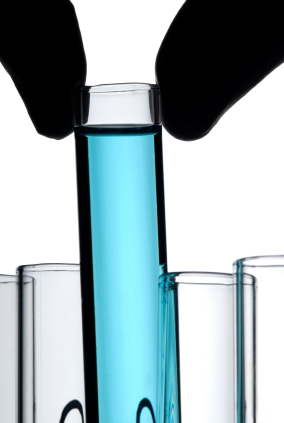
Sanitized to exhibit its material protection solutions at Techtextil 2017
The market for stain protective apparel has grown significantly in recent years and is set to grow further in the coming years.

11th September 2017
Innovation in Textiles
|
UK
 The market for stain protective apparel has grown significantly in recent years and is set to grow further in the coming years, according to a new report from the global business information company Textiles Intelligence – Stain protection in textiles and apparel: preserving aesthetics, durability, functionality and sustainability.
The market for stain protective apparel has grown significantly in recent years and is set to grow further in the coming years, according to a new report from the global business information company Textiles Intelligence – Stain protection in textiles and apparel: preserving aesthetics, durability, functionality and sustainability.
Stain repellent garments are essential in applications such as medical clothing and industrial workwear where there is a need to prevent spills from penetrating a garment and reaching the wearer – especially in cases where such spills have the potential to cause harm to human health.
Also, stain repellent garments have proliferated in the casual wear market. This is due partly to the fact that they provide better protection against spills than conventional clothing. However, an additional benefit is that stain protection reduces the frequency with which garments need to be laundered and dry cleaned – thereby saving time for the user as well as reducing energy usage, water consumption and carbon dioxide (CO2) emissions.
However, manufacturers of stain repellent garments and stain repellent treatments are under pressure to ensure that the incorporation of anti-staining features in clothing does not cause harm to human health or the environment.
The chemicals of choice for imparting stain protection properties to textiles have been fluorocarbons based on C8 chemistry because of their unparalleled ability to repel water and oil. But the manufacture of these compounds can result in the generation of chemicals such as perfluorooctanoic acid (PFOA) – which has been declared “likely to be carcinogenic to humans” by the US Environmental Protection Agency (EPA) – and perfluorooctane sulphonate (PFOS), which is known to be toxic, to be persistent in the environment, and to be bio-accumulative as it can be stored in the bodies of humans and animals.
Manufacturers of stain repellent technologies are therefore stepping up their efforts to develop products which are more environmentally friendly. As part of those efforts, many are focusing on the use of fluorocarbons with shorter fluorinated chains based on C6 chemistry.
However, while treatments made from shorter fluorocarbon chains provide sufficient liquid repellency for less demanding applications, such as outdoor wear, they do not perform as well as treatments made from longer fluorocarbon chains for applications which are more challenging – such as the finishing of garments which are subject to heavy staining during use or medical clothing for which good water repellent and oil repellent properties are essential. Furthermore, they are not ideal from the perspective of safeguarding human health and the environment.
Clothing suppliers with strong environmentally friendly credentials therefore view treatments made from shorter fluorocarbon chains as provisional technologies, to be used only until an effective fluorocarbon-free alternative is developed.
Fabrics with oil repellent and water repellent properties and environmentally friendly credentials have been successfully developed in research laboratories but few have proved sufficiently durable to withstand rigorous use, and few are viable for large-scale production.
Scientists will therefore continue to explore ways of developing fabrics which can repel water and oil without the use of fluorocarbons.
Researchers are also exploring the potential of garments which are capable of cleaning themselves – or even of repairing themselves if they become damaged. Many will use “biomimicry” and seek inspiration from the natural world in their quest for materials and treatments which combine effectiveness, safety and eco-friendliness.
‘Stain protection in textiles and apparel: preserving aesthetics, durability, functionality and sustainability’ was published by the global business information company Textiles Intelligence and can be purchased by following the link below:
Other recently published reports from Textiles Intelligence include:
Editorial: Pretenders to China’s throne in the EU apparel import market
World textile and apparel trade and production trends: the EU
International trade in denim fabric and denim jeans
Profile of HeiQ: an innovative supplier of textile finishes and auxiliaries
Product developments and innovations in textiles and apparel

Business intelligence for the fibre, textiles and apparel industries: technologies, innovations, markets, investments, trade policy, sourcing, strategy...
Find out more